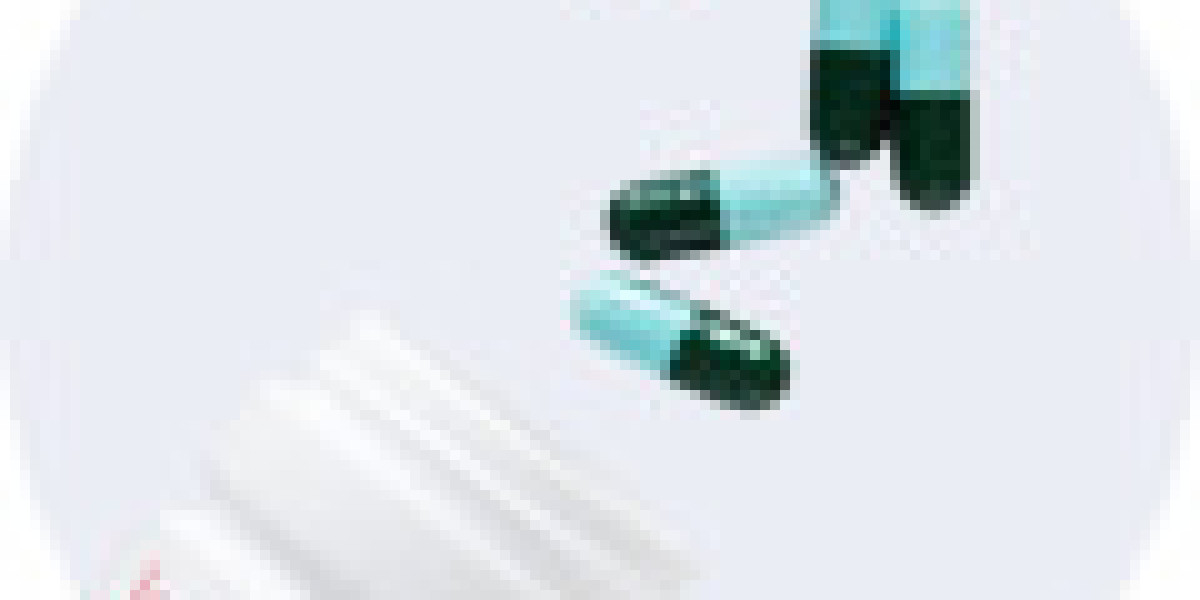In the healthcare sector, a wide range of chemical products are used to ensure patient care, treatment, and infection control. Here are some common chemical products and their applications:
1. Pharmaceutical Excipients
- Propylene Glycol USP/EP (Pharmaceutical Grade): This is an important excipient in pharmaceutical applications, acting as a solvent and extractant. It ensures even distribution of the active ingredient, providing consistent dosages. It is also used in syrups as a carrier for flavors, making it easier for children to take their medicine.
2. Disinfectants and Sterilants
- Ethylene Oxide (EtO): Used for sterilizing surgical instruments and medical supplies. It is effective but can be hazardous to healthcare workers, causing respiratory irritation, headaches, nausea, and long-term health risks such as cancer and reproductive effects.
- Hydrogen Peroxide Gas Plasma (HPGP): Used for high-level disinfection of reusable medical and dental devices. It is less hazardous than EtO but can still cause respiratory and skin irritation.
- Peracetic Acid (PAA): Used for both immersion and vapor phase sterilization. It is effective but can cause respiratory and skin irritation.
3. High-Level Disinfectants (HLDs)
- Glutaraldehyde: Used for disinfecting reusable medical devices. It can cause dermatitis, mucous membrane irritation, and respiratory tract irritation.
- Ortho-Phthaldehyde: Similar to glutaraldehyde, it is used for high-level disinfection and can cause similar health effects.
- Hydrogen Peroxide: Used in various concentrations for disinfection and can be mutagenic in animals.
- Hypochlorous Acid and Hypochlorite: Used for surface disinfection and can cause irritation and respiratory issues.
4. Anesthetics
- Sevoflurane: Used as an anesthetic agent. Exposure can cause confusion, nausea, breathing difficulties, blurred vision, dizziness, agitation, and loss of consciousness. Long-term exposure can lead to liver and heart problems, blood hemorrhages, and asthma.
- Isoflurane: Another common anesthetic agent with similar health risks as sevoflurane.
- Penthrox and Entonox: Used for anesthesia and pain management, with potential health risks similar to other anesthetics.
5. Laboratory Chemicals
- Mercury: Used in blood pressure gauges, thermometers, and dental amalgam. Mercury is a neurotoxin that can cause central nervous system damage, affecting brain development and leading to various cognitive and motor impairments.
- Bisphenol A (BPA): Used in the manufacture of polycarbonate plastics and epoxy resins. It is an endocrine disruptor linked to miscarriages, infertility, breast and prostate cancer, altered brain development, obesity, heart disease, diabetes, and thyroid dysfunction.
6. Plasticizers
- Phthalates: Used in PVC products such as IV bags and tubing. They can migrate from these products and cause reproductive organ development issues, particularly in embryos, fetuses, and preterm babies.
7. Flame Retardants
- Polybrominated Diphenylethers (PBDEs): Used in furniture, computers, and medical equipment as flame retardants. They are associated with learning and memory disorders, reproductive impairment, thyroid disruption, and cancer.
8. Antimicrobial Agents
- Triclosan: Used in antibacterial soaps, toothpaste, and other personal care products. It can be converted to dioxin in sunlight or when heated and can disrupt thyroid function and alter hormone functions.
Safety and Handling
To ensure the safe use of these chemical products, healthcare facilities should:
- Train Employees: Provide training on the hazards of these chemicals and safe handling procedures.
- Use Engineering Controls: Implement closed system drug-transfer devices and needleless systems to reduce exposure.
- Provide Personal Protective Equipment (PPE): Ensure that employees have access to appropriate PPE such as gloves, gowns, and masks.
- Monitor Exposure: Regularly monitor the exposure levels of employees to hazardous chemicals and provide medical surveillance.
By understanding and managing the use of these chemical products, healthcare facilities can ensure the safety of both patients and staff while maintaining high standards of care.








